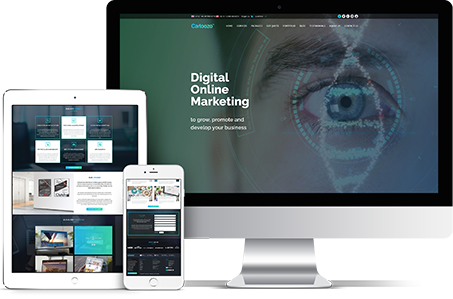In this digital age, e-commerce industry is showing noteworthy growth. No wonder, more and more business owners are coming forward to avail the opportunity. However, the question is, is it so easy to gain success by just having an e-commerce store? No, it is essential to create a practical strategy to experience remarkable growth.
Let’s see how:
Mobile
This is a mobile-first age, where people like to browse web through their mobile. That is why, it is important to develop a
mobile friendly website.
However, you need to focus on certain elements, such as:
- website design
- page load speed
- usability
Chatbots
Today, more and more marketing managers recommend using chatbots to help customers and simplify their buying process. However, it must be noted that your chatbots have a clear understanding of your customers and should improve the overall browsing and buying experience of customers.
You also need to ensure that your chatbot:
- engages maximum number of users
- provides conversational support
- elevates buying experience of users
Videos
Today, top e-commerce giants have started using videos to impress their customers and make them loyal.
For better results, you should:
- create compelling and story based videos
- create a clear call-to-action
- explain the features and benefits of products/services
Snapchat
Snapchat is revolutionising the sphere of marketing. It allows businesses to improve the overall experience of their users. If you are having an e-commerce store, you must leverage its features and functionalities (GeoFilters and Memories).
Same day delivery
It is yet another extraordinary way to attract users as well as improve sales. It is not only helpful in making your brand distinctive, but also engages online shoppers, which is the need of the hour.
Loyalty programs
If you want to encourage repeat customers and improve customer satisfaction, you need to create different types of loyalty programs. Today, customers expect more from a brand that is why it is essential to engage them through loyalty programs.
Classic website designs
There is no better way to attract customers than creating a beautiful website design. Beautiful, bold and flashy designs not only attract customers, but also engage them for long. However, you need to strike the right balance between text and images.
So, are you ready to avail the opportunities and accelerate growth in e-commerce sector with the above given strategies.







